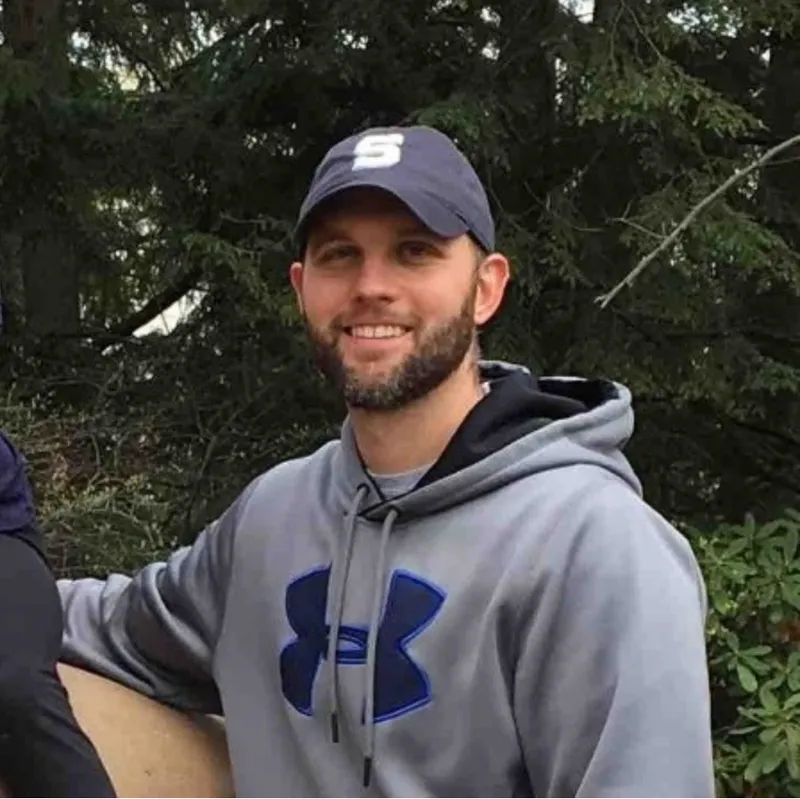
Bob Grabowski
Vice President of Manufacturing, Union Electric Steel, LIOS Certificate program 2023
One of my biggest learnings revolved around the interpersonal gap. Intuitively, I understood the same event can be interpreted differently by different people depending on a variety of factors.
Upon closer examination, I was surprised to learn just how different those interpretations can be and that they almost always exist. LIOS training taught practical skills for closing these gaps. This awareness and skill has helped both my professional and personal relationships.
Another key learning that I took from the LIOS training is that there are two major ingredients to all human interactions: content and process. Before LIOS, my primary focus was on the content to the point that I just about completely ignored emotional queues and group interaction, I’d think to myself. “Who cares how people feel. Let’s just get stuff done.”
I learned that ignoring the process and human interactions was actually detracting from my ability to get the most from the group. As a leader, these practical tools have helped me to get maximum value from meetings and other interactions.
I was able to increase my capacity, in tense moments, to notice, name, and own my experience. This self awareness has been key to managing stressful situations. I have always had a tendency to bring intensity to stressful situations.
Noticing this tendency and then using it (instead of letting it use me) was something that has really changed the way I handle difficult and highly emotional situations both at home and work.
My project for the program was related to increased throughput. For the specific product line that I focused on, the team has increased throughput by 300% or more in some cases. The LIOS education helped me to realize the importance of having the right system in place for success.
Without the training, I think I would have continued to solve tactical problems one by one and they would never go away. By using systems thinking and putting the right organization and routines in place, we were able to solve problems for good and prevent the constant cycle of “whack-a-mole” type issues.
Based on systems thinking, and identifying the critical players in the plants, we developed several routine meetings/forums in which people could directly communicate. Examples include:
- Getting the right rolls from one plant to another. This is as important, if not more important, than getting the right quantity of rolls. The problem was that the two plants were operating off their own agendas. We developed a meeting in which the plants could talk to each other about their competing priorities. I would sit in on the meetings and be the tie breaker if necessary but once the right people were communicating, the problems went away for the most part.
- In one plant, the superintendents were not working well together because I was doing a poor job of being their sponsor. I was trying to do the VP job and the plant manager job, at the same time– and not doing well at either. That’s when I put Jimmy in charge of the plant to have a sponsor who was always co-located and could work out issues between the superintendents.
- In both cases, before the training, I think I would have just kept trying to solve the problems as they came up (wrong product from the upstream plant and conflict between the superintendents in the other). Once these systems were put in place, the root cause was solved and there are many less problems.
